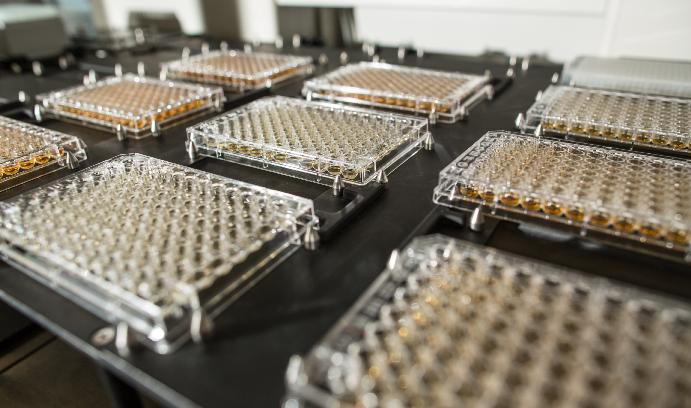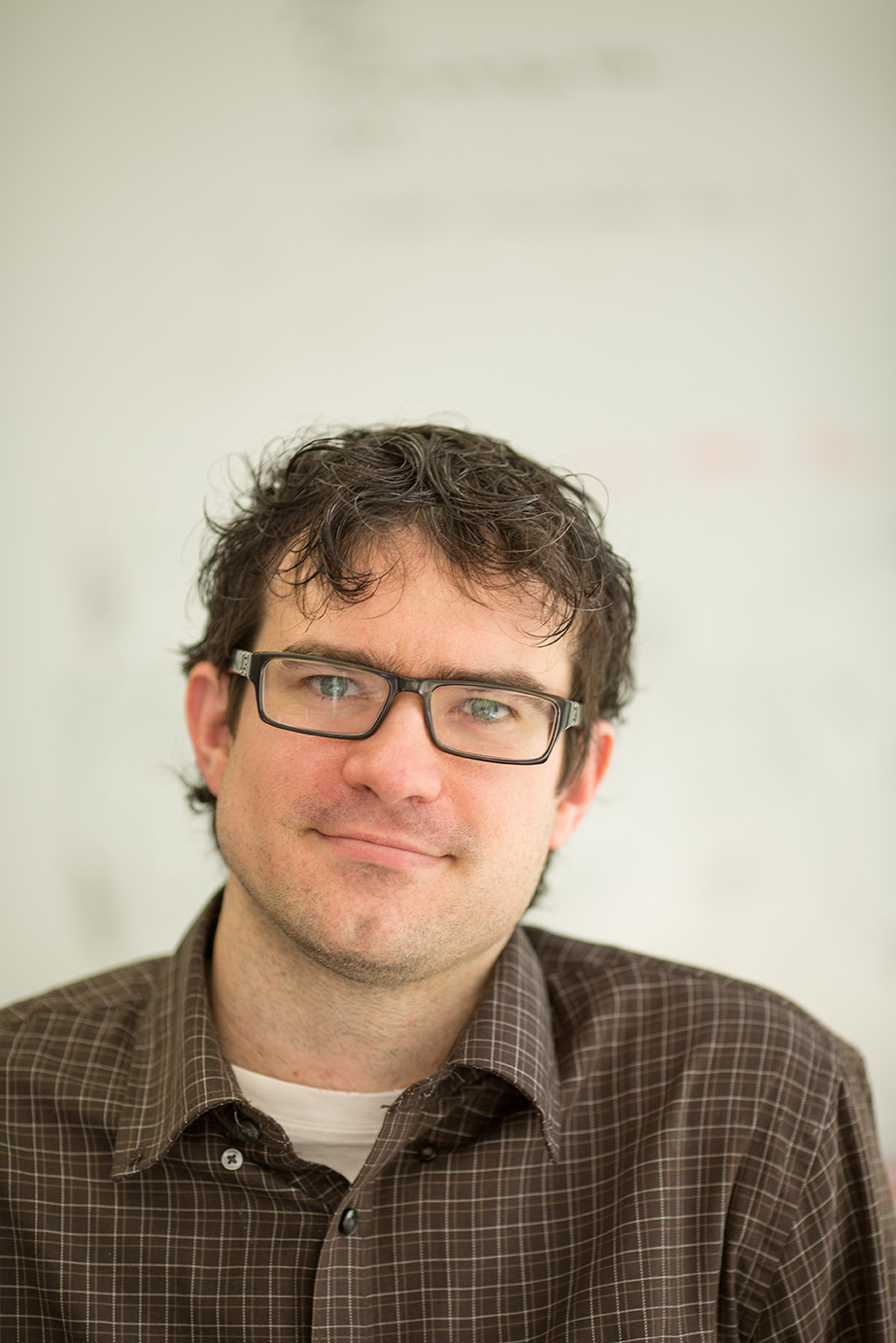Yeast as Evolutionary Model

Culture plates in the laboratory of Gregory Lang.
Yeast is a rapidly dividing microorganism capable of producing 10 generations in a day and can be propagated as either haploids or diploids, both sexually or asexually. Evolutionary biologist Gregory Lang finds yeast to be an excellent instrument to study the molecular basis of evolution.
Evolution occurs when an individual organism experiences spontaneous beneficial mutations in its genome that improve its ability to adapt to its environment. Working with the same yeast used to bake bread, Lang produces thousands of generations rapidly in the laboratory, making it an exceptional medium to study environmental influences on evolution. He hopes to understand the processes that produce out-of-control cell growth, or cancer.
“You want to know, when you sequence a cancer genome and see mutations, how many you expect to be important in the cancer’s development,” says Lang, assistant professor of biological sciences. “We use DNA sequencing methods to sequence the whole genome to the endpoints and ask how they change at the level of individual genes, proteins and genomes to whatever selected pressure we put them under. It’s trying to move evolution into the lab and make it a very quantitative science, just like genetics.”
In his lab, Lang employs robotic technology to deposit yeast dilutions into culture plates, propagating 288 populations at a time. He then freezes these samples at -80 degrees, which allows him to create fossil records of his experiments.
“We can go to any population at any time in the past, pull out a sample if we want to, revive it and study it more closely in the lab. It’s a powerful tool for studying evolution, because many times you get to an endpoint and you want to know how you got there. Now we can actually go back in time and trace that history.”
Lang’s research also provides an important tool in the classroom. Using robotic equipment ensures consistency, which he says is a benefit when working with students.
“Different students can work in the lab on different days. They can come in and run the deck and run the dilutions. It allows a team of people to do these experiments. And they’re seeing evolution in real time.”
Posted on:


